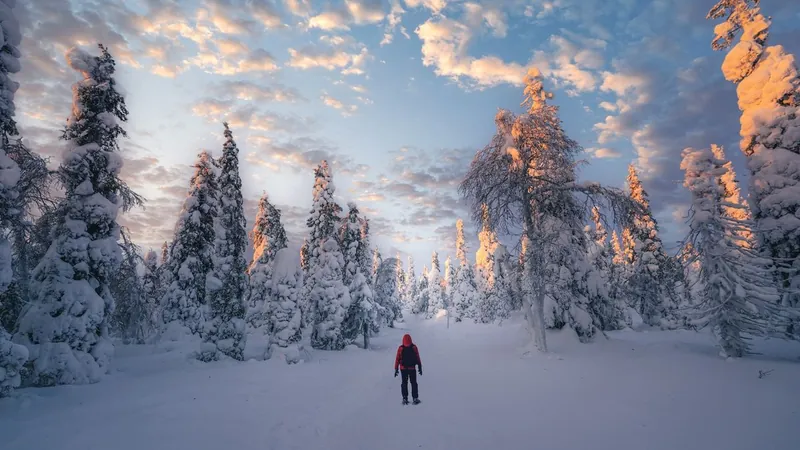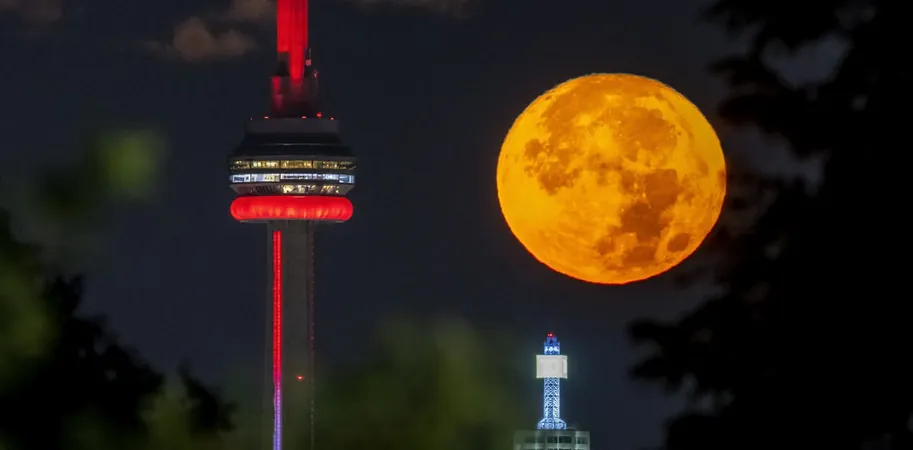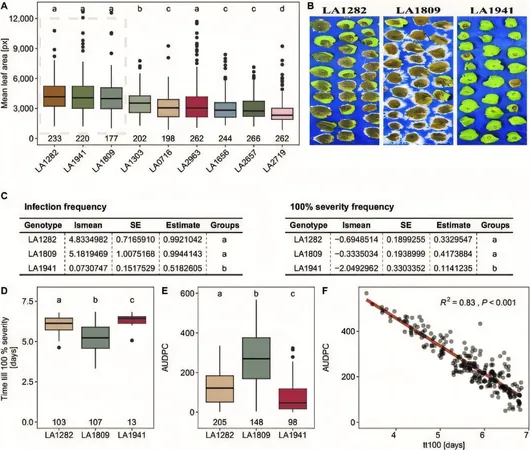
The Surprising Science Behind Winter’s Colder Days: Why Darkness Doesn’t Equal Chill
2024-11-18
Author: Amelia
Have you ever wondered why the darkest time of the year, the winter solstice, isn’t also the coldest? It’s a perplexing phenomenon that sparks curiosity every year. Buckle up as we dive into the science behind this seasonal mystery!
The Winter Solstice and Temperature Drop
The winter solstice, occurring around December 21 to 23 in the Northern Hemisphere, marks the day with the shortest amount of daylight. This is when the North Pole points the farthest away from the sun, leading to longer nights and minimal sunshine. However, when temperatures drop to their lowest point, it’s usually around mid-January—about a month later. So why the delay?
Earth's Axial Tilt and Heat Retention
The answer lies in Earth’s axial tilt and its ability to retain heat. Our planet is tilted at an angle of approximately 23.4 degrees on its axis. This tilt causes the Northern and Southern Hemispheres to experience opposite seasons. While the winter solstice brings the least sunshine, Earth’s surface doesn’t instantly cool down. Instead, it retains heat collected from prior months of sunlight.
Dr. Nick Bassill, director at the State Weather Risk Communications Center, explains that coldest temperatures tend to lag behind the solstices by about a month. Thus, in the Northern Hemisphere, the chilly peak hits around mid-January, while the Southern Hemisphere experiences the opposite scenario during its winter months.
Seasonal Lag in Summer
But that’s not all! This phenomenon isn’t exclusive to winter. The summer solstice—where the Northern Hemisphere basks in the longest day of the year—does not guarantee the hottest day either. For instance, places in the Mojave Desert peak in temperature by the end of July, while Florida’s sweltering days extend into August.
The Effect of Land and Water
This delay is known as “seasonal lag.” It occurs because Earth’s physical bodies, such as soil, rocks, and especially water bodies like lakes and oceans, do not heat up or cool down instantly. Water requires significantly more energy to change temperature compared to land, making coastal areas more temperate. They act like a buffer, holding onto warmth during the colder months and preventing drastic temperature drops.
In fact, regions near large water bodies often experience milder winters. For instance, coastal cities along the Pacific Coast of the U.S. may find their coldest temperatures still warmer compared to inland locations at similar latitudes. This buffering effect is vital for climate moderation and extends the time frame between solstice events and extreme temperature highs or lows.
Conclusion
So next winter, when the darkness of December surrounds you, remember that the cold will follow a little later. The interplay between Earth's tilt, the sun's energy, and the unique characteristics of land and water create a fascinating rhythm to our seasons—one where light and temperature dance to their own beat! Stay tuned, as we unravel more mysteries of nature and science!









 Brasil (PT)
Brasil (PT)
 Canada (EN)
Canada (EN)
 Chile (ES)
Chile (ES)
 España (ES)
España (ES)
 France (FR)
France (FR)
 Hong Kong (EN)
Hong Kong (EN)
 Italia (IT)
Italia (IT)
 日本 (JA)
日本 (JA)
 Magyarország (HU)
Magyarország (HU)
 Norge (NO)
Norge (NO)
 Polska (PL)
Polska (PL)
 Schweiz (DE)
Schweiz (DE)
 Singapore (EN)
Singapore (EN)
 Sverige (SV)
Sverige (SV)
 Suomi (FI)
Suomi (FI)
 Türkiye (TR)
Türkiye (TR)